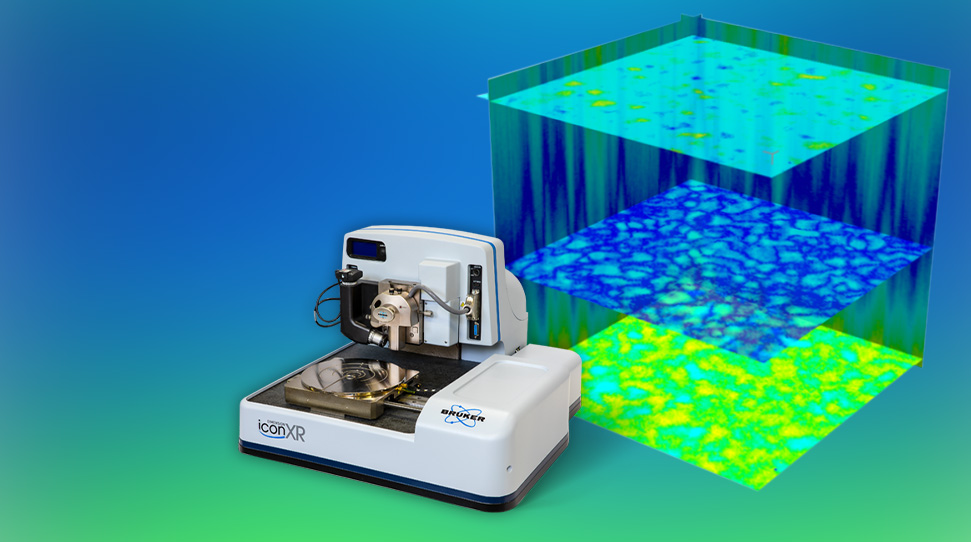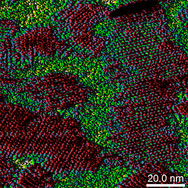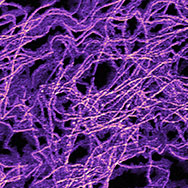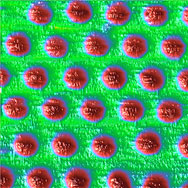Choose the configuration that suits your research.


The Bruker Dimension XR is an SPM (Scanning Probe Microscope) for nanomechanics, electrical AFM and nanoelectrochemistry.
Choose the configuration that suits your research.
A wealth of information with Bruker DataCubes.
For energy research.
For viscoelastic measurements tied directly to bulk DMA (Dynamic Mechanical Analysis).
Quantifiable nanoscale characterisation from soft, sticky hydrogels and composites to stiff metals and ceramics.
Three models are available with packages optimised for each application:

For characterising the nanomechanical characteristics of materials.

The widest range of electrical AFM techniques on a single system.

In-situ topography scans in an electrochemical environment.
The Dimension XR series consistently delivers the highest resolution imaging, regardless of sample size, weight, medium or application.
From point defects in liquid and stiffness maps to atomic resolution in air and conductivity maps, Dimension XR systems deliver highest resolution in all measurements.
For the first time, AFM provides complete and quantitative viscoelastic analysis of polymers at the nanoscale. Probe materials at rheologically relevant frequencies in the linear regime.
Bruker’s proprietary DataCube modes give you complete materials characterisation, with more information about your sample than was previously possible. By correlating mechanical and electrical data at each pixel, you can gain a deeper understanding of a material’s properties.
A force-distance spectrum is collected at every pixel, with a specified dwell time. Using high data capture rates, a multitude of electrical measurements are performed, delivering electrical and mechanical spectra at every pixel.
For the first time, a commercial AFM provides full characterisation in a single experiment.
PeakForce SECM mode redefines what’s possible in the nanoscale visualisation of electrical and chemical processes in liquid, with a spatial resolution less than 100 nm.
Resolving power is dramatically improved compared to traditional methods, by orders of magnitude. This opens up new research possibilities in energy storage systems, corrosion science and biosensors, and new measurements on individual nanoparticles, nanophases and nanopores.
PeakForce SECM simultaneously captures topographic, electrochemical, electrical and mechanical maps with nanometer-scale lateral resolution.